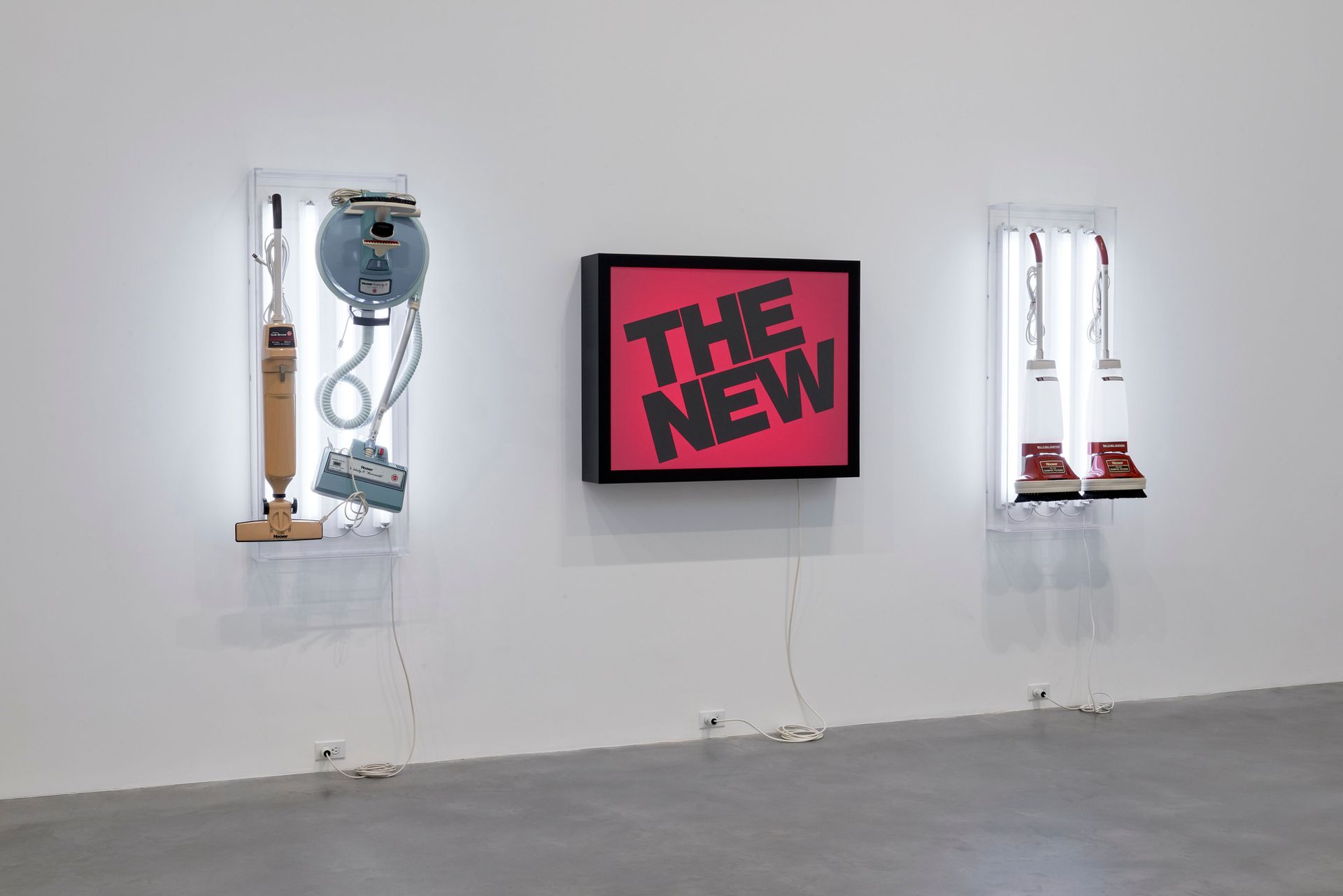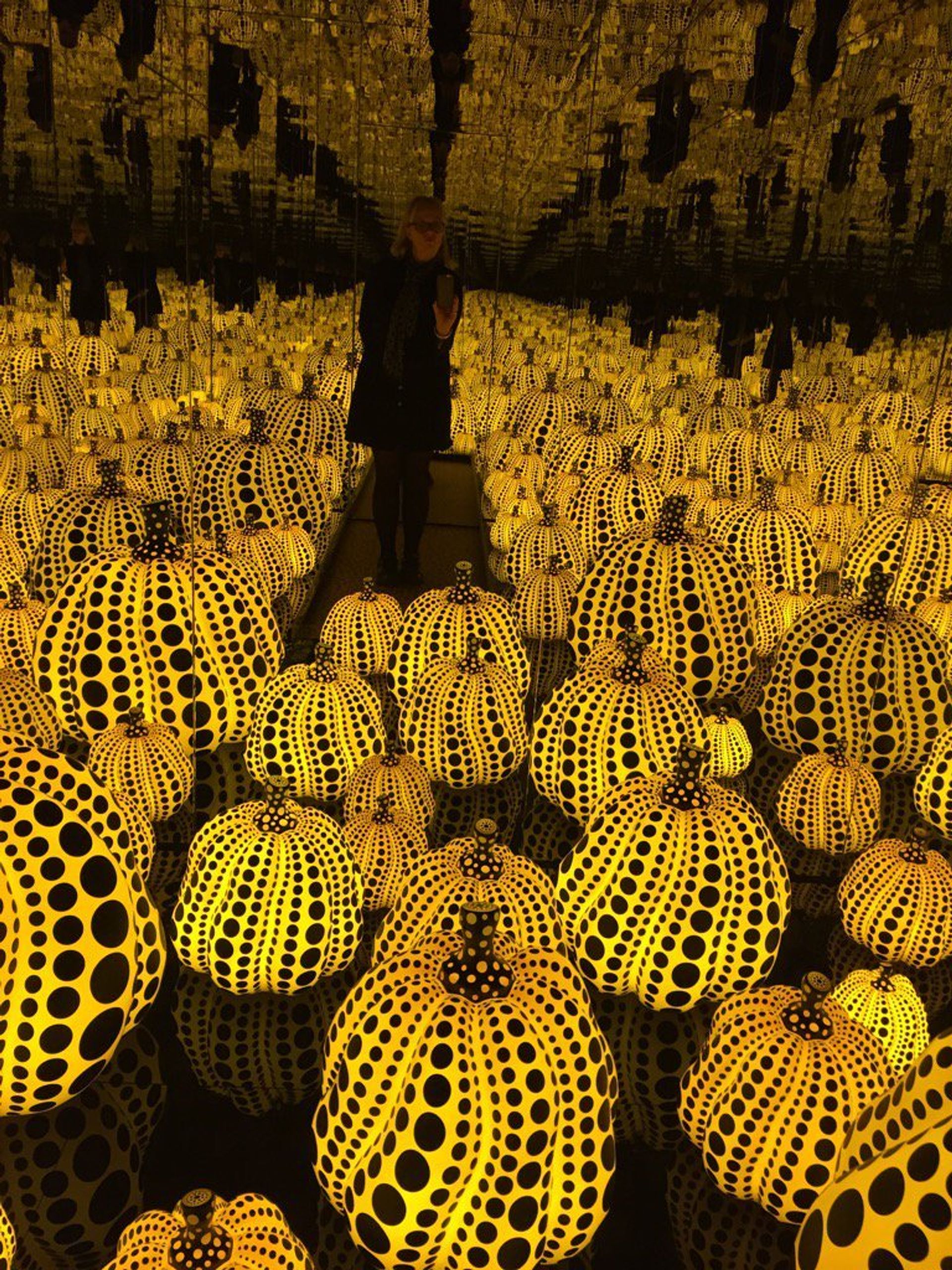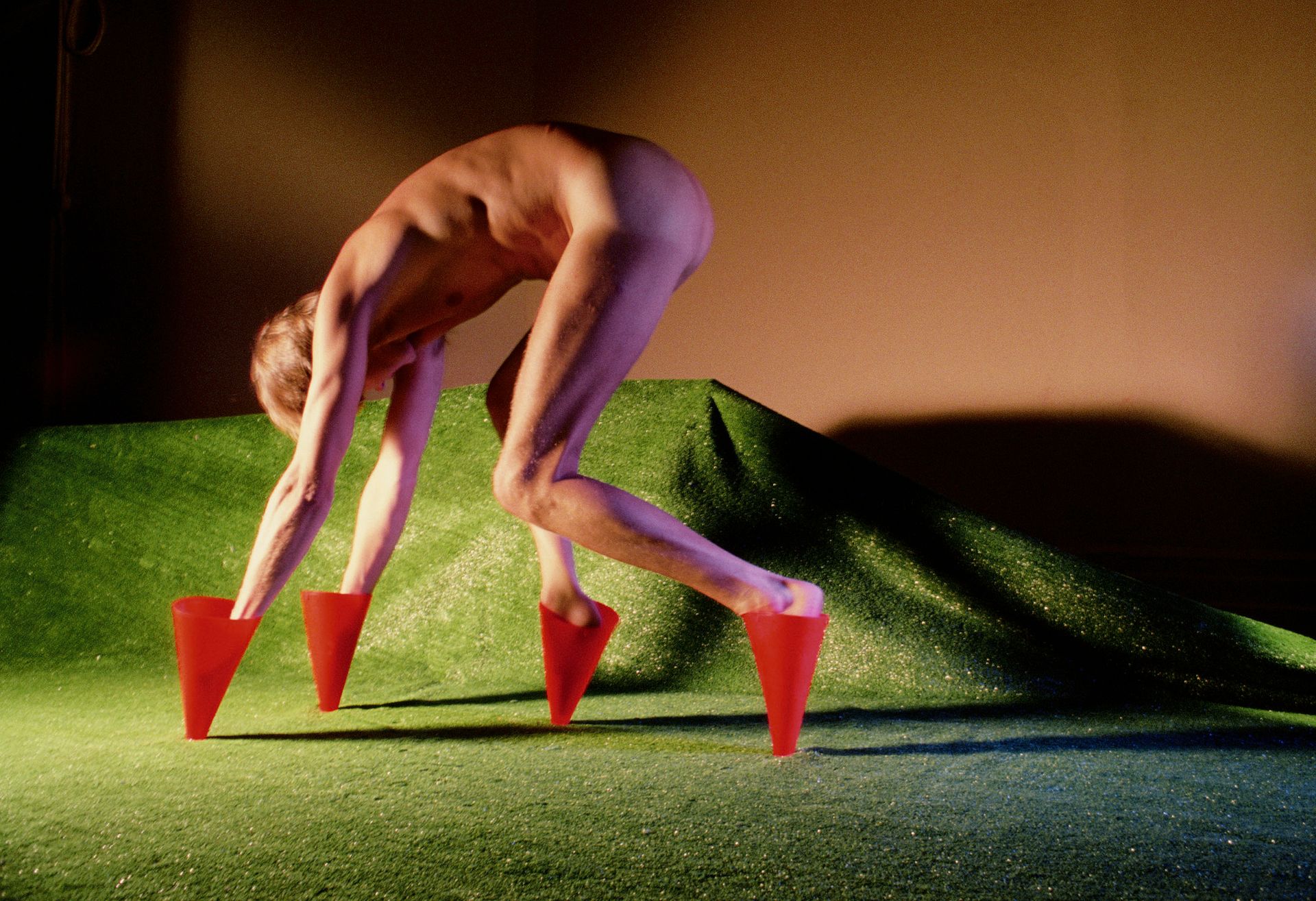Graham Fagen: the Mighty Scheme, CGP Gallery and Dilston Grove (until 26 June)
An early and abiding love of reggae and the fact that Scottish bard Robbie Burns almost emigrated from Scotland to Jamaica in the 18th century, form the source of Graham Fagen’s haunting sound and five-channel video installation The Slave’s Lament. The work echoes through the soaring, concrete, faux-Romanesque interior of Dilston Grove, a former church in Southwark Park. Burns’s anti-slavery words are brilliantly sung by the Dub legend Ghetto Priest to lilting music played by the Scottish Ensemble, and also rebound disquietingly off Fagen’s life-sized bronze Rope Tree, which as a result becomes even more redolent of nooses, lashes and Strange Fruit.
There are more unsettling images in the CGP Gallery across the park where the walls are lined with Fagen’s Consciousness drawings, in which the artist lovingly renders the full array of his upper and lower teeth in a white enamel-painted grimace amidst approximations of the surrounding skull areas in explosive splashes of multi-coloured inks. Whether you read them as masks, memento mori, or expressions of human thoughts and emotions, these ominous works lodge themselves firmly in one’s own skull, nonetheless.

Jeff Koons: Now, Newport Street Gallery (until 16 October)
Damien Hirst demonstrates the institutional scope of his collection with an elegantly organised career-spanning show of his Jeff Koons holdings. The exhibition gives special emphasis to the early works, including an abundance of box-new—but now vintage—Hoovers and an early pair of real plastic inflatable flowers from 1979. However, the ceramic and carved wood Banality series—which includes the likes of Pink Panther (1988) and Michael Jackson and Bubbles (1988)—is conspicuously absent as apparently it is not to Hirst’s taste.
But there some later Koons greats too: a stonking giant blue stainless-steel balloon monkey and a mock-inflatable painted-aluminium lobster—which balances on a wire wastebasket and a chair—and further underlines its own Dali-esque lineage by its pair of bristling whisker-moustaches.
Anyone who thinks these are simply cynical, market-pleasing baubles are completely oblivious to their fetishistic emotional charge, in which shiny surfaces and immaculate finishes seem fraught with hazard and the familiar is anything but reassuring.
Yayoi Kusama, Victoria Miro and Victoria Miro Mayfair (until 30 July)

The protean octogenarian Yayoi Kusama fills up Victoria Miro’s east and west end spaces with two series of paintings, three new mirrored “infinity” rooms and a trio of new bronze pumpkins. One immersive chamber places you amongst an Instagram-friendly infinity of illuminated spotted pumpkins. But more slow-burningly disquieting is the Chandelier of Grief, which sends out its sparkles to create far-distant illuminated horizons and infinite constellations, before abruptly disrupting any cosmic musing with intermittent crackles of blue strobe light. Kusama started her series of paintings entitled My Eternal Soul in the run-in to her 2012 Tate Modern survey but afterwards couldn't bear to stop. And these latest works in Miro’s Mayfair gallery have a bleak brilliance, which confirms that, although she insists her art is a means to control her fears, she is still capable of making her demons dance.

Performing for the Camera, Tate Modern (until 12 June)
It is nearly at the end of its run, so don’t miss this ambitious, challenging and important show devoted to the relationship of camera to action. Often devoting an entire room to a single artist or event—and spanning from Nadar’s 19th century theatrics to Amalia Ulman’s contemporary Instagram avatar—the scope can be quite boggling. They are all here: dragged-up Duchamp; Yves Klein in white tie with painted ladies; Stuart Brisley getting down and dirty; Warhol and Koons promoting themselves; and the many faces of Cindy Sherman. In a nice cross-reference to her current Miro show, there’s also a youthful Yayoi Kusama in early 1960s New York, staging anti-war happenings and painting her spots onto an abundance of naked bodies.


